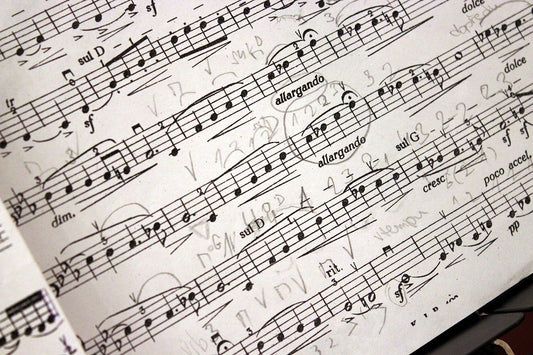The choice of amplifier class for an affordable design with a high power rating, like 300 watts per channel or more, comes pretty easily—especially if you've already decided to invest heavily in the elements that give you high performance sound.
Class D.
Class A or AB designs of wattage levels exceeding 100 Watts begin to strain the hardware budget simply on the basis of heat sink real estate. These classes of amplifier are highly inefficient, generating as much heat as they do power. Off the wall solutions to heat problems while still employing A/B biasing range from the exotic to the absurd.
A more straightforward approach is to be found in class D, though class D suffers sonic problems that are difficult to deal with.
Class D does not stand for digital, and for good reason. It is analog… sort of. Employing a technology called Pulse Width Modulation (PWM), Class D amps have efficient output stages that turn on and off in varying lengths according to the signal requirements: longer for louder, shorter for softer.
The problem for class D amps when high end performance is the goal is long term listenability and a lack of harmonic richness.
I know, I know. There are famous modules, like Hypex, ICE, D2A, and a long list of implementations from companies that pull rabbits from hats to make them acceptable. Some do a very good job. And some Class D implementations—even affordable ones—sound quite nice. But they always leave me less than fulfilled.
They sound challenged and in ways not always obvious at first blush. Over the years I have have spent much time playing with these interesting topologies, yet always wound up shying from them in the end. Even the best of them are dry, somewhat bleached, bereft of harmonic integrity and richness, always leaving me longing for something that just never satisfies my musical yearnings. And those are the good ones! Out of the box these designs can also make me reach for the level control as they strain and screech on complex musical passages.
But we may have found a means around this.
Stay tuned.








